Correctly using LinkedIn for your business requires optimizing your personal and business profiles, sure, but first and foremost it requires that you know its value.
Table of Contents
Know the Value of LinkedIn for Your Business
When formulating a marketing plan for your business, it’s easy to get caught up with the big three—Facebook, Twitter, and Instagram—and to neglect LinkedIn. After all, it is a far different beast.
But, just because it’s different doesn’t mean it’s irrelevant, or even that it’s less social than the others.
LinkedIn provides a special opportunity for companies to engage socially but within business-to-business dynamics. In other words, it is a powerful tool with which to market your business to other professionals in your field.
Using LinkedIn for your business, and prioritizing business-oriented interactions can—and often should simultaneously—take place from two different perspectives: that of the business owner, with a personal profile, and that of the company as a whole, with, of course, a company profile.
As two very different modes of engagement, they require different practices for success. So, we’ve laid out five of the best practices for successfully using LinkedIn for your business, both as a professional individual and as a company.
Best Practices for Personal LinkedIn Profiles
1. Keep It Professional and Updated
This might seem obvious, but the temptation to create a LinkedIn profile and immediately abandon it is very prevalent. Even after a career change, promotion, or founding of a new company, many people simply let their profile sit—a habit that leads to a rapid decline of professional relevance. Nobody wants to read a resume that’s five years outdated, so why would they follow a page that’s both outdated and entirely off the topic of one’s current career?
They wouldn’t.
So, we recommend you make it a regular practice to update your profile. Even if nothing starkly noticeable has changed, you should check in every quarter to ensure that your profile contains accurate information about your business, your individual career history, and your skills as a professional. This is also a good time to check the status of your profile picture; does it remain an accurate representation of your personal/professional brand?
Beyond these in-depth check-ins, you should also be liking, posting, and engaging with content regularly so that people know your profile is active and will be inclined to engage with you in return.
2. Build an Intentional Network of Connections
Thousands of followers may be the standard for Twitter, but when it comes to LinkedIn, quality trumps quantity.
Your LinkedIn network should be somewhat a reflection of your professional community, so your connections should be intentional. Don’t connect with just anyone who pops up in your notifications. Instead, connect with people who actively share useful information about your industry or otherwise bring value to you as a professional.
Don’t be afraid to reach out directly and tell another professional user why you’re sending a request to connect. It could be something as simple as, “I really enjoy your blog posts, mind if we connect?” These requests are essential to optimizing your LinkedIn for your business success, and building your LinkedIn network.
3. Collaborate with Your Team
Connections with colleagues and/or employees in your company can bring credibility to your own profile, as well as help expand your network.
Encourage those you work with to engage with you and your company and to utilize the Teammates function. This feature offers an expanded notification system wherein, once a user adds a colleague as a teammate, they will receive notification of their original posts, shares, and comments, as well as birthdays and work anniversaries.
Though a simple feature, it can really expand network growth by facilitating frequent, meaningful engagement between team members that’s visible to a larger audience.
4. Share Insights Using LinkedIn Pulse
LinkedIn Pulse is an integrated publishing tool that allows users to format and publish more in-depth content directly via LinkedIn. The editor offers a media embedding tool, a tagging feature, a save-it-for-later function, and an article-topic generator that pulls trending LinkedIn topics to help inform and sustain the relevance of content.
Pulse provides an efficient way to repurpose blog posts, or other in-depth content, into professional articles that are specifically formatted for success in this B2B networking space. If you’re not working from old content, consider writing about what it means to be an entrepreneur, sharing professional advice, tackling a current issue within your industry, or addressing a LinkedIn-generated topic through the lens of your profession.
5. Join LinkedIn Groups
LinkedIn Groups are perhaps the most important reason to maintain an active personal profile.
Accessible only via a personal profile, Groups are member-operated, targeted communities that facilitate expert discussion around a sub-industry or other niche topic. These Groups allow professionals a more focused networking opportunity, wherein they can come together to promote opportunities, share content, and discuss issues with a controlled band of experts.
First, find a few groups to join by browsing LinkedIn’s Group directory which features more than two million active Groups, and request to join.
Once a Group member, maintain consistent engagement. Look for questions posted by other members to which you can respond with your own expert advice as an entrepreneur. And don’t be afraid to start your own discussions!
Read the terms and conditions of every group that you join; be mindful not to spam the Group with your own promotions; and focus on building strong connections within the community.
Best Practices for Company LinkedIn Profiles
1. Optimize Your Company Page with Keywords
Make sure that your company profile is discoverable on the platform. Optimizing your LinkedIn for your business the first step to ensuring it’s a useful tool. Just as you would in writing meta descriptions to improve your website SEO, incorporate keywords in your company’s LinkedIn profile to ensure that you’re showing up in the right spaces within the platform.
There are two main areas where you can insert keywords into your profile—your company description and your specialties.
In the company description, include long-tail keywords that are informative but that don’t bloat your description page; and under specialties, plugin short-tail keywords that operate more like tags.
Optimizing your page means not only boosting traffic within LinkedIn but directing it to your website. So, as you should with all social media profiles, include direct links to your website!
2. Share Your Expertise
The people who follow you on LinkedIn are likely familiar with your field or interested in learning more about it.
They’ll want to learn how your business operates and how you navigate the industry. So, share your expertise—post business tips, market trends, and branded infographics that depict useful information, ensuring that you’re really using LinkedIn for your business, sharing about it at every chance.
And talk about what you’re actively working on as a company! Promote exciting new projects, services, and developments that show how your business is expanding and contributing to this broader business community.
3. Garner Attention with Interesting Visuals
Social media platforms employ algorithms that reward posts which successfully capture attention. The algorithms measure likes and clicks but also pauses in scrolling. Any of these actions can signal captured attention and tell the algorithm that a post is worth promoting.
In this way, LinkedIn is like any other social media platform, and visual interest is important. So, captivating photos can be highly effective in reeling in that ever-fickle user attention.
Draw viewers into your post with a bold, bright, and properly formatted image every time. And don’t be afraid to use multiple images; collections of 3-4 custom pictures have been shown to perform particularly well!
4. Build a Data-Driven Posting Schedule
Here’s a dirty little secret: there is no best time to post. There’s no golden hour during which you’ll be able to instantaneously double your views. But there is a great benefit to structure and consistency in your presentation and responsiveness to your audience.
Build a posting schedule with an established number of posts as you develop your strategy for using LinkedIn for your business (We recommend 1–3 posts per week.) and simply use informed guesses to choose days of the week and posting times—maybe you try to catch people before work, during lunch, or as soon as they get off of work. Don’t stress this too much—every audience is different, and attempting to predict their behavior in advance can be futile. Instead, respond to their behavior later.
After 3–6 weeks of regular posting, once you’ve had the opportunity to witness the ebbs and flows of engagement, run data analytics. Look for any trends in performance, and adjust your schedule to catch your best, most engaging viewers. Simple as that!
5. Stay in Touch with Your Competition
Business-to-business networking is not a one-way street. It involves both expanding your reach as a business and learning from other businesses. Keeping a close eye on your competition can help you better understand your own social media performance and marketing strategies.
Fortunately, LinkedIn has a handy tool for learning from your competition—follower analytics. At the bottom of your analytics page, you’ll find a table labeled “Companies to Track”. Using key metrics like follower growth, engagement, and updates, this table compares the performance of your content with that of similar businesses. Explore these companies’ pages and source ideas from their high-performing content.
Optimize Your LinkedIn Profiles
These practices are relatively simple on their own, but when they come together, market research; content creation; and ongoing management can shape up into a hefty, time-consuming task. But, keeping an eye on LinkedIn for your business can pay huge dividends; it’s worth the time.



